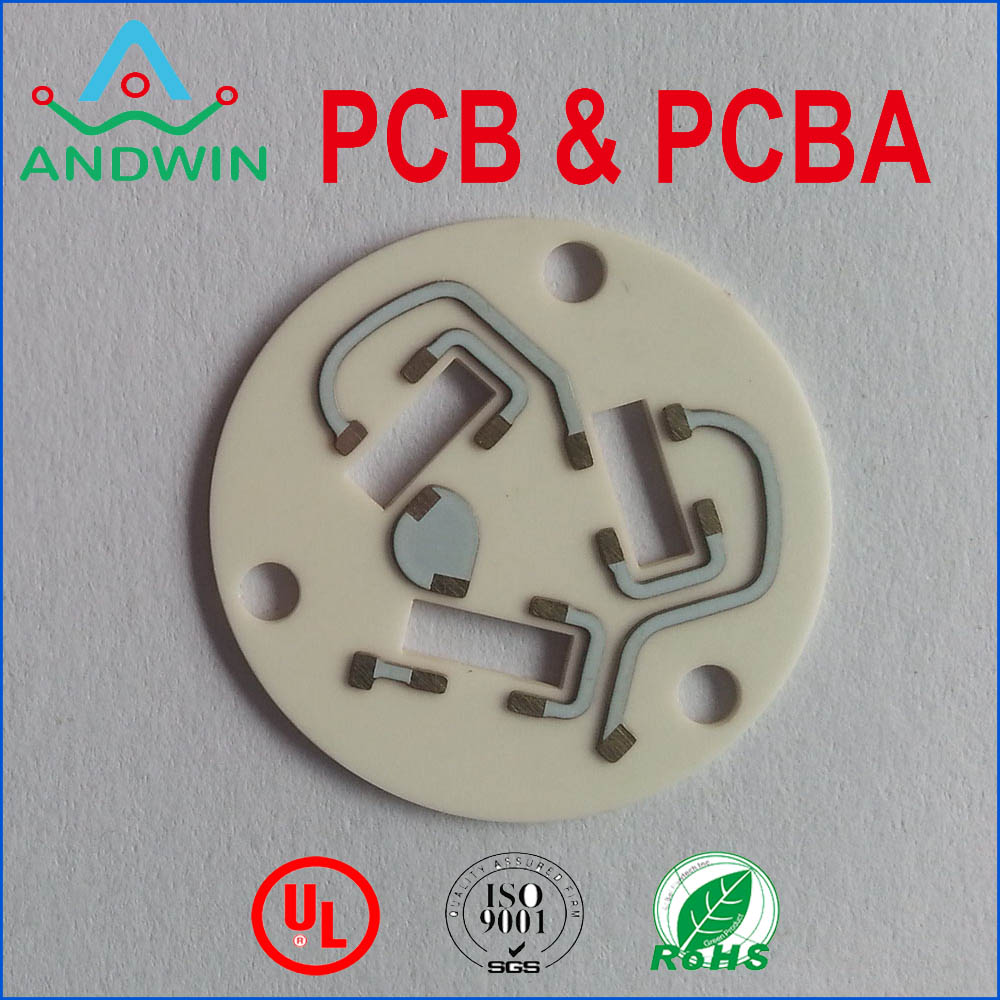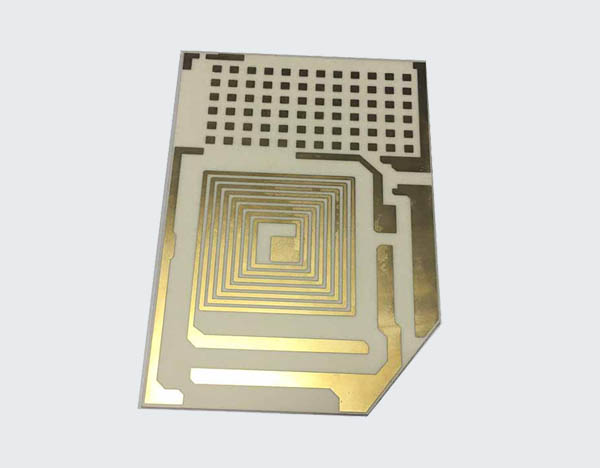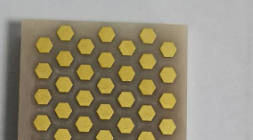How to choose ceramic pcb thickness?
what is ceramic pcb thickness?
Ceramic PCB (Printed Circuit Board) thickness refers to the thickness of the ceramic
substrate used in the PCB. Ceramic PCBs are made from ceramic materials such as
alumina (Al2O3) or aluminum nitride (AlN) and are known for their excellent thermal
conductivity and electrical insulation properties.
The thickness of ceramic PCBs can vary depending on the specific application and
requirements. It typically ranges from 0.25mm to 2.0mm, with common thicknesses
being 0.635mm (0.025 inches) and 1.0mm (0.040 inches). However, thicker ceramic
PCBs can also be manufactured based on specific needs.
The choice of ceramic PCB thickness depends on factors such as the power dissipation
requirements, thermal management needs, and mechanical stability of the circuit.
Thicker ceramic PCBs are often preferred for high-power applications where efficient heat dissipation is crucial.

How to choose ceramic pcb thickness?
Choosing the appropriate ceramic PCB thickness involves considering several factors.
Here are some key considerations to help you make the right choice:
1. Power Dissipation: Determine the power dissipation requirements of your circuit. Higher
power applications generally require thicker ceramic PCBs to efficiently dissipate heat.
2. Thermal Management: Evaluate the thermal management needs of your circuit. Thicker
ceramic PCBs offer better thermal conductivity and can help in heat dissipation. Consider
the thermal conductivity properties of the ceramic material used in the PCB and select a
thickness that suits your thermal requirements.

3. Mechanical Stability: Assess the mechanical stability requirements of your circuit.
Thicker ceramic PCBs provide better rigidity and can withstand mechanical stress and
vibration. If your circuit is subjected to harsh environments or requires high mechanical
stability, opt for a thicker PCB.
4. Space Constraints: Consider the available space for your circuit. Thicker ceramic PCBs
occupy more space, so ensure that the chosen thickness fits within the available area.

5. Manufacturing Capabilities: Check the manufacturing capabilities of your PCB
manufacturer. Some manufacturers may have limitations on the maximum thickness
they can produce. Ensure that your chosen thickness is within their manufacturing capabilities.
6. Cost Considerations: Thicker ceramic PCBs may be more expensive due to the
additional material and manufacturing requirements. Consider your budget and cost
constraints while selecting the thickness.
It is advisable to consult with your PCB manufacturer or an expert in ceramic PCBs to
determine the most suitable thickness for your specific application. They can provide
guidance based on your requirements and help you make an informed decision.
Other PCB products, you may interesting









